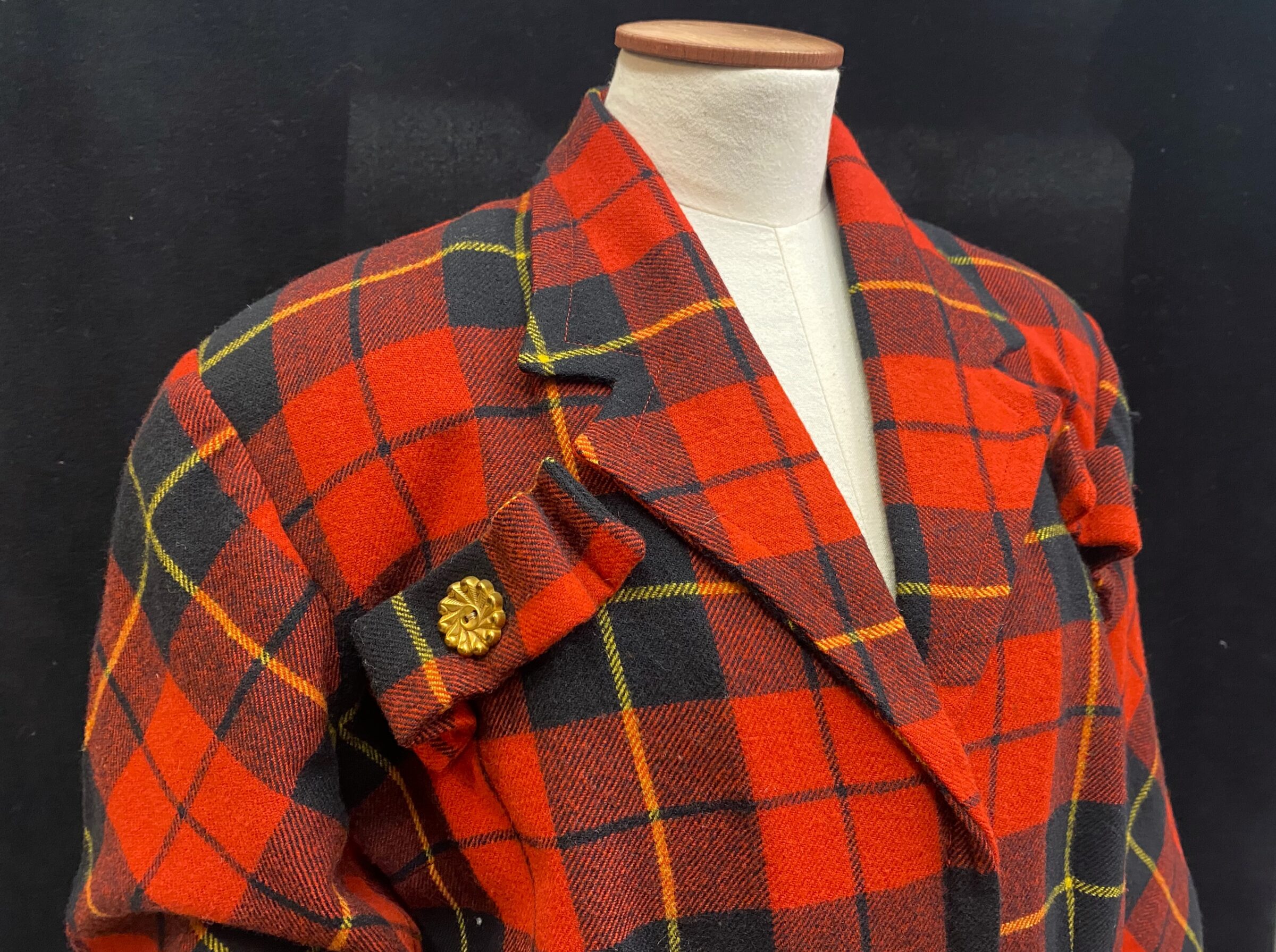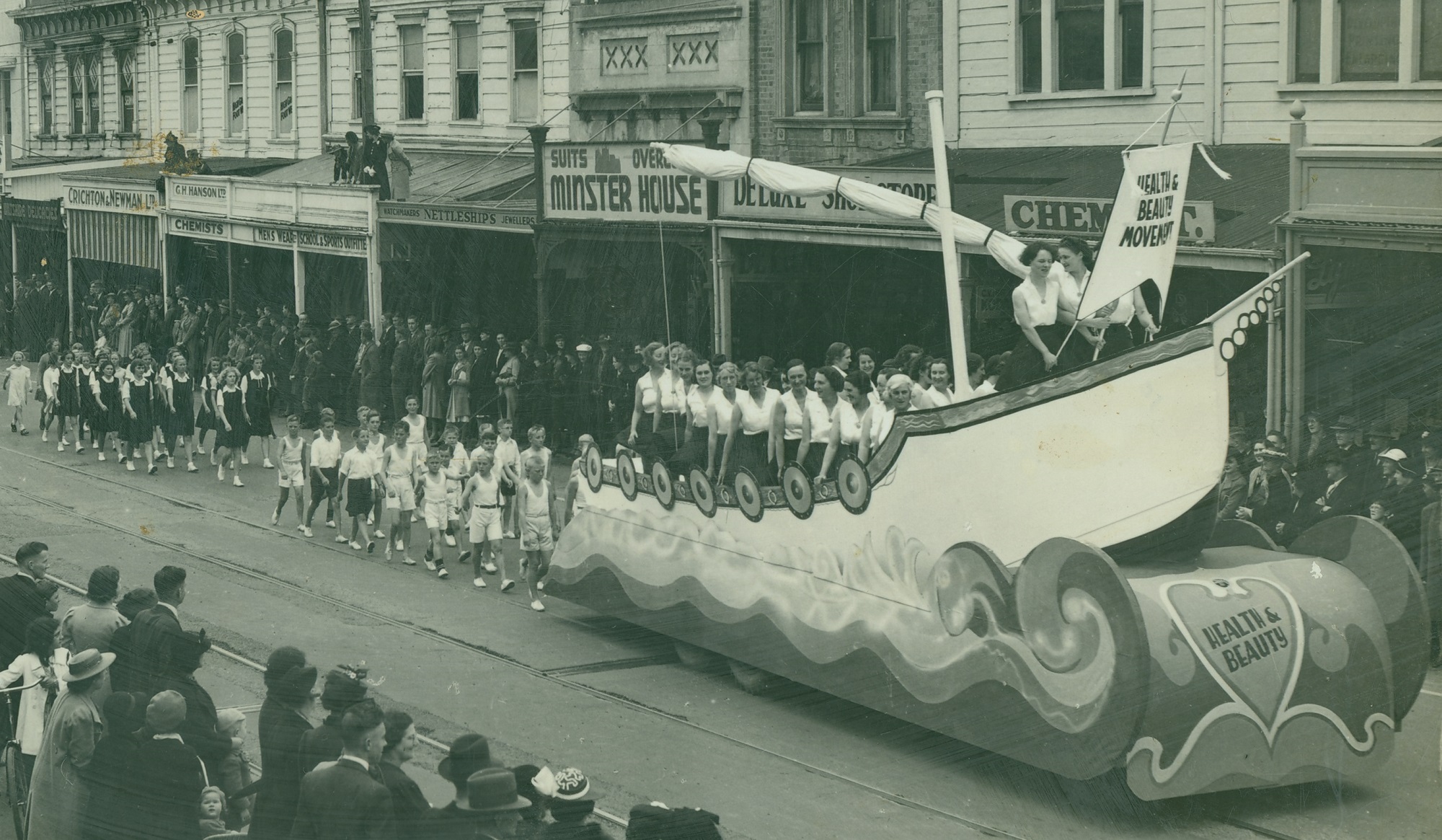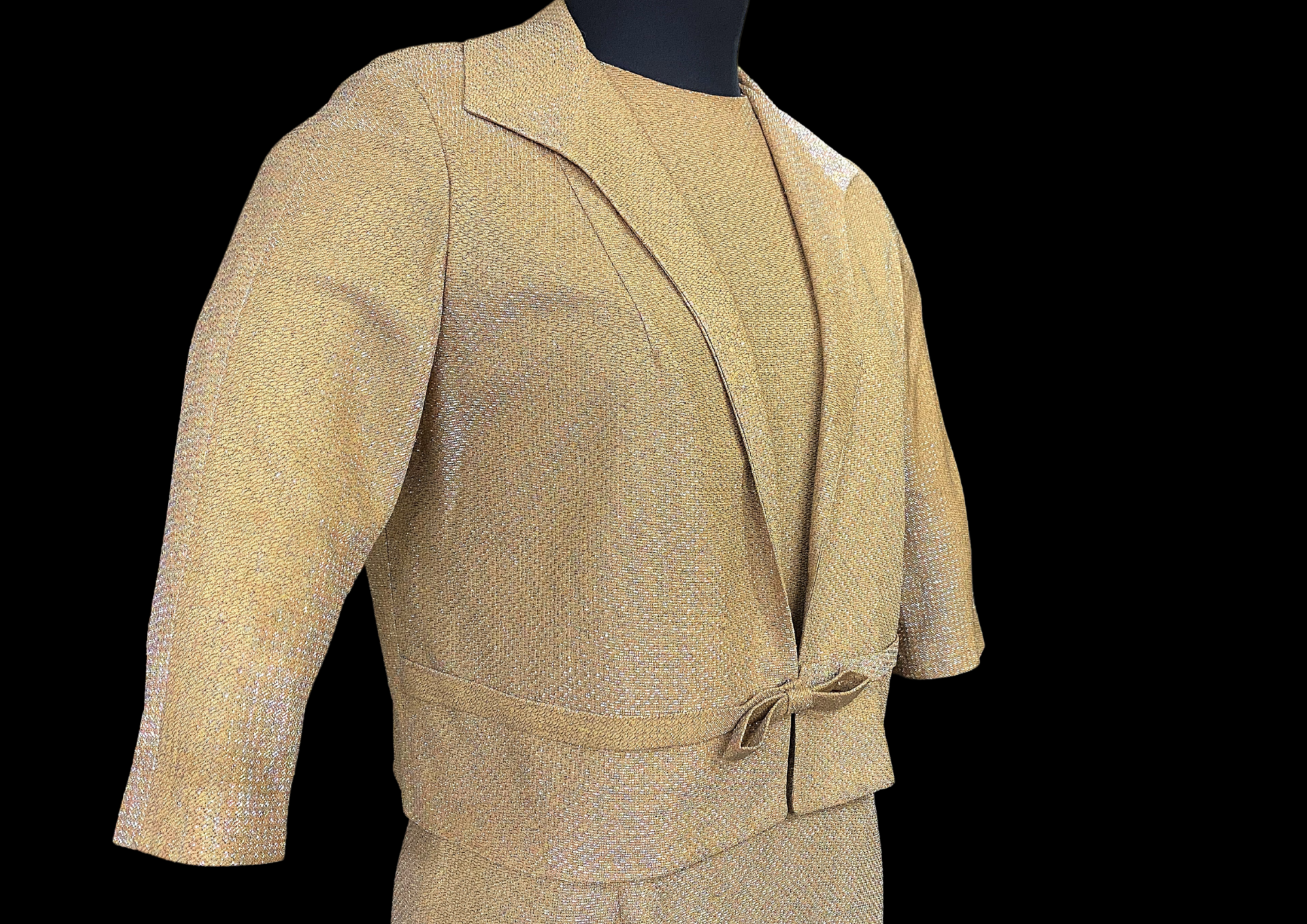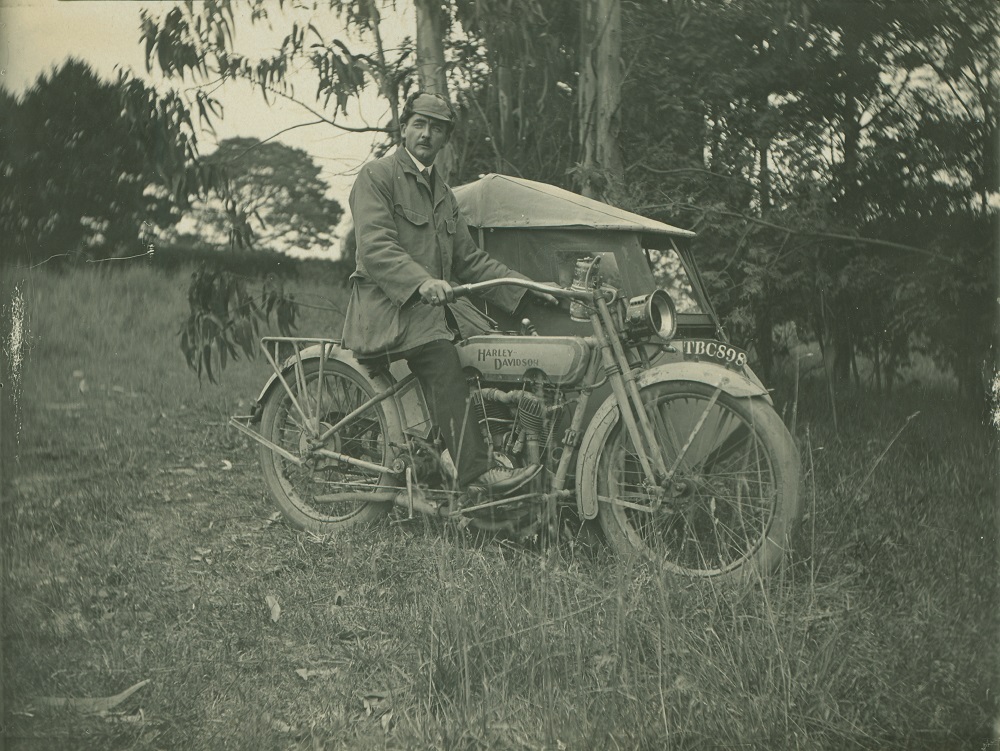Collection Stories
‘A pair of Huia, without uttering a sound, appeared in a tree overhead, and as they were caressing each other with their beautiful bills, a charge of No. 6 brought them both to the ground together. The incident was rather touching and I felt almost glad that the shot was not mine, although by no means loth to appropriate two fine specimens.’
A History of the Birds of New Zealand, by Walter Buller, 1872.
Huia (Heteralocha acutirostris) had a whakapapa (lineage) so ancient that, like the moa and the kiwi, they were truly a child of Aotearoa. Utterly unique and exquisitely beautiful, huia were considered tapu (sacred, restricted) by Māori. There were rules about how huia were used and by whom. For example, the feathers were worn only by high ranking Rangatira (leaders).
The closest living cousins to Huia today are the kōkako and the tieke (saddleback). These manu (birds) are from a family of Wattlebirds that are also only found in Aotearoa.
Huia are co-feeders, helping each other find food. The male had a strong, stout beak like a crow and would split rotten wood open so that the female could use her long-curved beak to pull out the tasty grubs. Because the beaks of the male and female were so different, early ornithologists thought that they were two species.
The huia has always been my favourite bird. I remember asking my grandmother about huia when I was a child: ‘Are you sure there are none left? Could they be hiding in the forest? Have you ever seen a live one?’
My grandmother would shake her head sadly. ‘They were before my time’, she told me. ‘I never saw a live one, but my mother did.’ Hearing this I wanted to know every detail.
My great grandmother Tatiana Teki was born on a farm in Turakina in 1895. As a child Tatiana and her siblings could pet female huia as they sat on their nests. I asked my grandmother why they didn’t fly away and hide. She replied: ‘“Huia were gentle and trusting. They had no fear of humans.’
My heart sank. ‘Is that why there aren’t any left?’ I asked. Even as a young child I understood the consequences.
Ornithologists had noticed a decline in the huia population as early as the 1880s. Walter Buller, collector, lawyer, artist, and a naturalist, had promised to transport a pair of huia to an island sanctuary in 1893, along with the two last remaining whēkau (laughing owls). But instead, he sent them by ship to Lord Rothchild in England. None of the birds survived the journey.
In 1901, the Duke and Duchess of York visited Rotorua and received a huia feather as a gift from a Rangatira. The Duke promptly tucked the feather into his hat. Soon many aristocrats in England wanted a huia feather and the hunt for the waning birds increased to fulfil this demand.
Like kōkako and tieke, huia were not strong flyers and were vulnerable to introduced predators like rats, stoats, and cats. They mated for life, so if one died the other would not breed again. They were hunted for fashion and trade and suffered from a devastating loss of habitat. Huia needed mature forests to thrive and tree by tree our forests were slowly decimated, burned, and cut down to make way for settlements and pasture.
The last confirmed sighting of Huia was in 1907 in Turakina. Tieke and kōkako have survived. Whether they continue to do so depends on us.
At the time of writing, Lisa Ruaka Reweti is Kaihāpai Kaupapa | Programmes Programmes Presenter at Whanganui Regional Museum. Published in Whanganui Midweek, November 2023.
Image: Lisa Reweti recalls listening to her grandmother talking about her own mother petting Huia as a child.
Photographed by Karen Hughes, 2023
WRM TO.549 and TO.550






